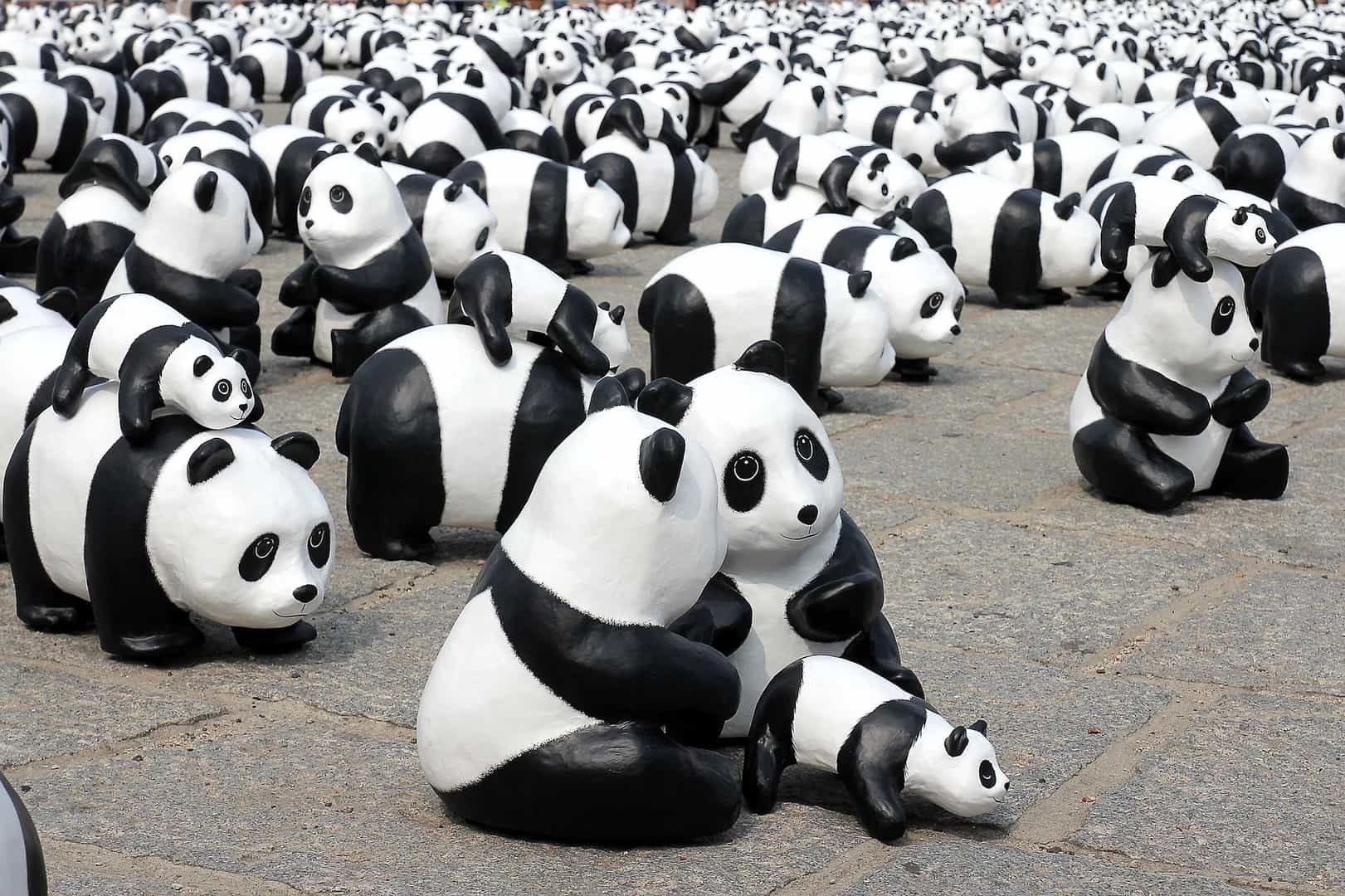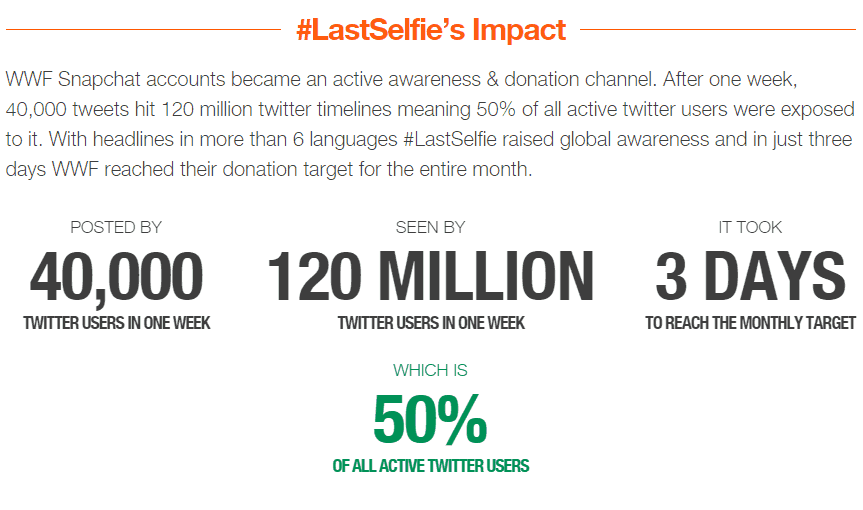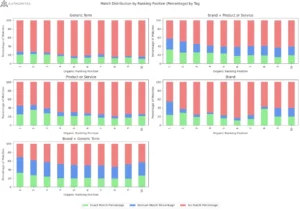Have you ever tried raising money for a cause you care about? If you have, you probably know how difficult that can be. You have to try to convince people of the importance of that cause, speak to their hearts, sometimes even promise them something in return for their support.
It doesn’t even have to be about money; just trying to talk people into supporting a cause, even by simply sharing a Facebook post, is difficult enough. We see so many worthwhile causes daily on all types of media; we want to help, but just the action of deciding who to help can be a drag.
This was the dilemma faced by WWF (the World Wildlife Fund) two years ago. WWF wanted to raise the amount of donations for endangered animals, but they didn’t have the resources to launch a major media campaign. So they decided to go for a modern marketing tactic, and create a viral campaign on social media.
The results? It took only 3 days to raise the money WWF had planned to raise in a month; the campaign got widespread media coverage; and it ended up winning a Webby Award – the most prestigious award in the digital industry.
So how did WWF do it?
Creating the Campaign
WWF had decided to address a young audience, of ages raging from 15 to 35 – a cohort also known as “Millennials”. Aware of the fact that Millennials are hard to reach through traditional media outlets, WWF decided to use social media to get their attention.
Specifically, they wanted to target young people who are active on Twitter and Snapchat; so they set out to explore the type of content these people share on these social networks and the ways in which they share it. WWF hired Danish advertising agency UncleGrey and Turkish digital marketing company 41?29! to help them with their endeavor.
The social network chosen to deliver to message was Snapchat. Snapchat is an instant messaging app where users send each other photos and videos that disappear after 10 seconds or less. WWF had decided to tie this feature of Snapchat to the stars of the campaign – endangered animals who might disappear from the face of the Earth if no serious measures are taken so protect them.
WWF created images of several such animals, including tigers, orangutans and pandas, to which it added the hashtag #LastSelfie. The images included texts like “Don’t let this be my #LastSelfie” or “In 10 seconds I’ll be gone forever but you can still save my kind”.
The images (or “snaps”, in Snapchat jargon) included either WWF’s phone number (for sending texts) or its website. Users who saw those snaps could help by sending a donation via a text message or by sharing a screenshot of the image in order to raise awareness to the issue. Snapchat users often take screenshots of snaps and share them on other social networks, and the objective of this campaign was to encourage users to share the snaps on Twitter, where they could become viral.
The campaign was launched on April 9th, 2014. The snaps were sent to users who were following WWF’s Turkey, Denmark and Italy snapchat accounts. To jumpstart the campaign WWF needed to convince users to take screenshots of the snaps and share them; it did so by approaching several influencers who agreed the spread the word. It is worth mentioning that the influencers volunteered to help out – they did not get paid for their services; the campaign was counting on organic reach so it had no budget.
The Campaign’s Results
No sooner had the #LastSelfie campaign started than the snaps spread like a wildfire. Several hours into the campaign thousands of people all over the world were sharing the images. Within eight hours it had already gained 5000 tweets which were viewed by 6 million Twitter users. Within a week 40,000 tweets were circulating which were viewed by 120 million Twitter users. After seeing the reactions to the campaign, other WWF offices around the world joined the campaign and started spreading the images as well.
The #LastSelfie campaign had been covered by multiple media outlets, including NBC, Reuters, Adweek, Fast Company and others, who cited it “one of the most clever uses of snapchat and the selfie trend”. A summary of the campaign’s results and the reactions to the campaign can be seen on the campaign’s website, justforthis.com:
But what about the campaign’s bottom line – raising money to help the animals shown in the snaps? The amount WWF was hoping to raise in a month was raised in three days. The campaign was such a success and generated such positive feedback, that it won the 2015’s People’s Choice Webby Award in the Social Media Campaigns category.
What Made It Succeed?
What made so many people share WWF’s snaps, considered they were pretty generic images of wild animals? And what made them donate so much money so quicly?
The success of the #LastSelfie campaign can be attributed to several factors:
Innovation
WWF was not the first brand to use Snapchat for marketing purposes; however, the #LastSelfie campaign was one of the first international campaigns on Snapchat so at the time it was considered innovative and extraordinary. This new way of using Snapchat was exciting both for users and for the media; and both showed their enthusiasm by spreading the word around the world.
Matching the platform to the audience
WWF realized that to get to Millennials, it would have to reach them using their modes of communications and their chosen media platforms. Snapchat was quickly gaining popularity among Millennials (unlike Facebook, which has been considered a bit old and boring in the last few years). Another trend embraced by Millennials was taking selfies. Put the two together what do you get? the #LastSelfie campaign, of course.
Matching the message to the platform
The #LastSelfie campaign is a unique example of the old cliché “the medium is the message”. Linking disappearing selfies to disappearing animals was a stroke of genius: while videos on YouTube or viral posts on Facebook can have a very long life, images and videos sent on Snapchat disappear within seconds. A disappearing selfie promoting an important cause creates a sense of urgency, prompting those who see it to do something, because they won’t have anpther opportunity.
A clear call to action
The campaign’s call to action was loud and clear, and no one could miss it because it appeared right on the snaps. Anyone who wanted to take action right away could do so easily, by making a donation via a text message or sharing the snap’s screenshot to Twitter. Combining the call the action with the desire to do something before the snap disappears prompted many users to do just as the snaps asked them to.
The following video shows the achievements of the campaign:
Conclusion
The #LastSelfie campaign is a great example of the way organizations or small businesses who have minimal to zero budget for marketing, can still raise money or awareness almost effortlessly; simply by reaching out to the right audience on the right platform with the right message.
Have you heard of any similar campaigns on Snapchat or other happening platforms? Were you involved in creating such campaigns? We’d love to hear your thoughts and experiences in the comments section!









